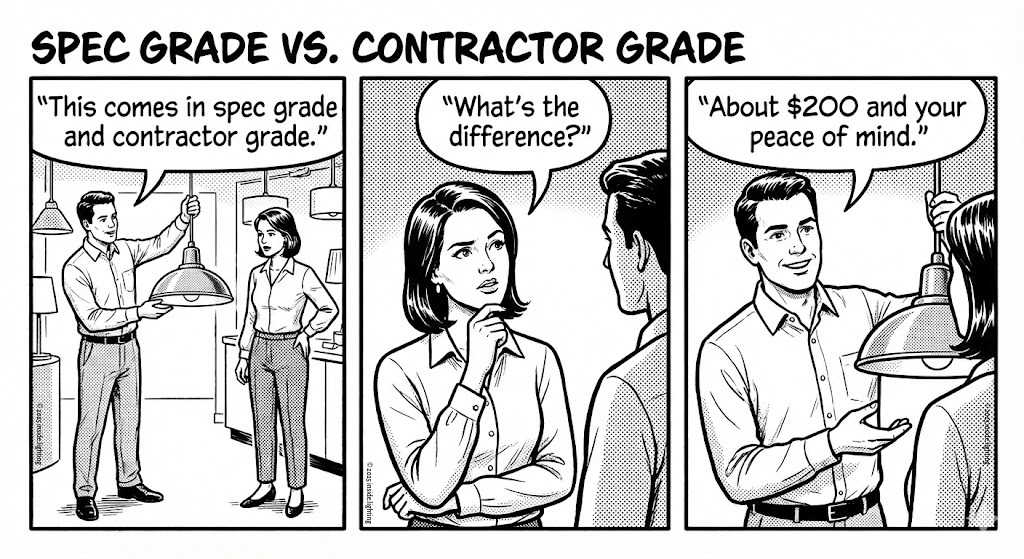September 19, 2025
The Pushback Against Federally Mandated Design

An executive order sparks controversy over aesthetics, authority, and architectural freedom
In a city where form has always followed power, beauty has now been officially defined. Unilaterally. On August 28, 2025, the White House issued an executive order titled Making Federal Architecture Beautiful Again, declaring classical and traditional design the “preferred” aesthetic for federal buildings. The goal? To uplift the public, inspire virtue, and re-anchor civic architecture in the visual language of ancient Rome and Greece.
The order doesn’t just express a stylistic preference. It installs a directive. In Washington D.C., classical design becomes the default; any deviation must be justified in writing, and in some cases, approved by the President himself. The document evokes the vision of Washington and Jefferson, who favored Greco-Roman architecture as a symbol of democratic ideals. But it sidesteps the fact that those same founders also rejected centralized control.
Supporters see the order as a course correction. Critics, including many architects and lawmakers, see something more troubling: a top-down mandate that marginalizes local identity, curtails innovation, and reduces civic architecture to aesthetic nostalgia.
The Architects Respond
The American Institute of Architects (AIA) responded with swift disapproval. Their critique wasn’t against classical design per se, but against its institutional imposition. “The directive would replace thoughtful design processes with rigid requirements that will limit architectural choice,” the organization wrote in a formal statement.
“The Democracy in Design Act ensures that America’s public buildings remain a reflection of the people they serve, not the product of one mandated style,” said Evelyn Lee, FAIA, AIA’s 2025 President. Her statement captured the central tension: that beauty, when defined from above, ceases to be civic and becomes political.
The order’s presidential notification clause also introduced new procedural hurdles—ones the AIA says will delay projects, raise costs, and discourage creative participation. In their view, this isn’t just a question of form. It’s a problem of process.
Legislative Action is Introduced
That concern is now taking legislative shape. Senators Chris Van Hollen (D-MD) and Ben Ray Luján (D-NM) have reintroduced the Democracy in Design Act, a bill aimed at codifying the original Guiding Principles for Federal Architecture, a 1962 policy rooted in pluralism, flexibility, and respect for regional context.
The bill doesn't outlaw classical design. It protects choice — affirming that federal buildings should be shaped by community voices and professional expertise, not a singular national style.
“The power of architecture lies in its ability to tell the story of who we are as a nation,” said Stephen T. Ayers, FAIA, interim CEO of the AIA. “By advancing this legislation, Congress is helping ensure those stories remain dynamic, inclusive, and authentic.”
Form Follows Power
Supporters of the executive order argue that classical architecture evokes stability and dignity — qualities the federal government should embody. But for critics, the risk lies in conflating beauty with authority. When the state defines taste, architecture becomes a tool of narrative control.
This isn’t just a battle over bricks and cornices. It’s a deeper debate about agency and representation. Who gets to define what federal buildings should look like? What happens when community voices are replaced by executive directives?
The irony, of course, is architectural. The style chosen to symbolize democracy is being imposed through centralized fiat. The order’s title may speak of beauty, but its critics argue the real issue is authorship. And in a nation founded on distributed power, the design of public buildings has once again become a very public debate.










